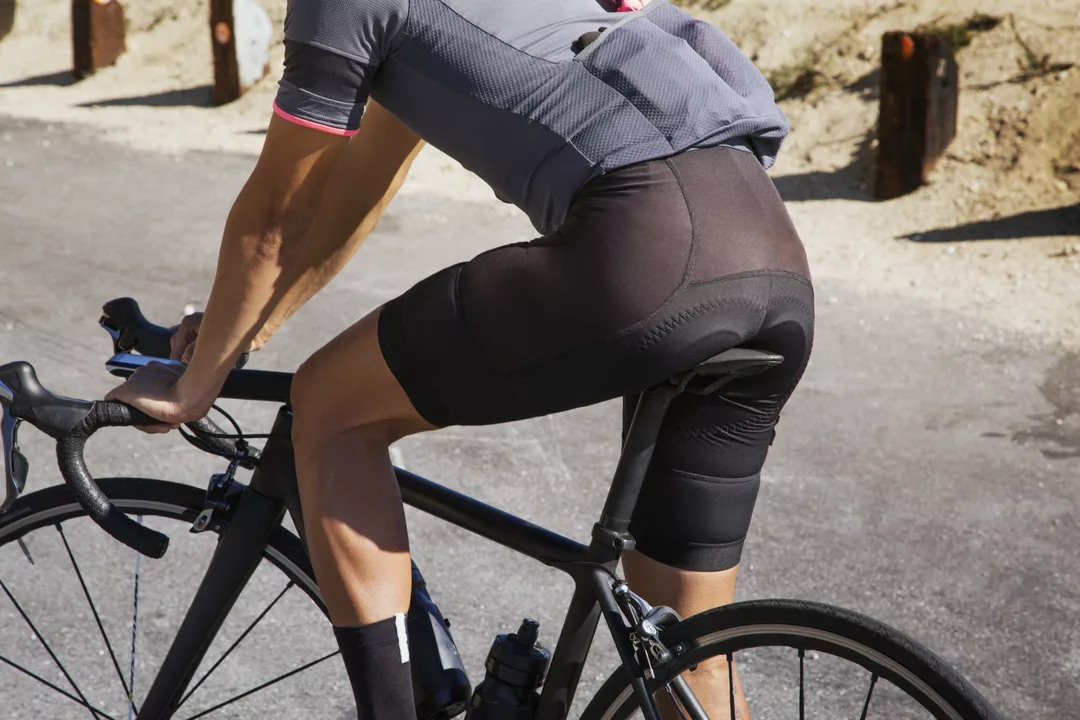Cycling Wear: How to Pick the Right Gear for Comfort and Performance
Ever wonder why some riders look so relaxed on long rides while others are constantly adjusting their kit? The secret is usually in the clothing they chose. Good cycling wear does more than look sleek – it reduces chafing, regulates temperature, and helps you pedal efficiently. Below is a no‑fluff guide to the pieces you really need and how to get the most out of them.
Top Essentials for Every Rider
Jerseys. A fitted jersey with breathable fabric is the backbone of any outfit. Look for moisture‑wicking panels on the back and a zip that runs the full length so you can fine‑tune ventilation. Most riders swear by a slightly longer back – it keeps the shirt tucked in when you lean over the handlebars.
Bike Shorts. The right pair can feel like a second skin. Padded chamois are a must, but not all pads are created equal. If you ride under an hour, a thin chamois works fine. For longer rides, go for thicker gel or foam that distributes pressure. And remember the fit: the leg should hug without cutting off circulation.
Jackets and Vests. Weather changes fast, especially on hills. A lightweight wind‑breaker with zip‑off sleeves gives you the flexibility to stay warm without overheating. Look for reflective details if you often ride in low light.Socks. You might think socks are just socks, but the right ones keep feet dry and prevent blisters. Merino wool blends or synthetic blends pull sweat away and dry quickly. Aim for a snug fit that stays in place on the heel.
Gloves. Even if you prefer a bare‑handed feel, a thin pair with a padded palm protects against vibration and improves grip. For colder days, insulated gloves with a longer cuff keep your wrists warm.
Tips to Keep Your Gear Fresh
Buying great gear is only half the battle – caring for it extends its life and performance. Rinse jerseys and shorts in cold water right after a ride; hot water can break down elastic fibers. Avoid fabric softeners; they trap odors and reduce moisture wicking.
When you wash socks, turn them inside out and use a gentle cycle. Air‑drying is best, but if you need a dryer, set it on low heat and toss a clean tennis ball in to keep the fabric fluffy.
Store jackets and vests hanging on a wide hanger to avoid stretching the shoulders. If you have a waterproof shell, re‑apply a DWR (durable water repellent) spray every few months to keep the fabric shedding rain.
Finally, check seams and stitching regularly. Small splits can turn into big tears after a few rides. A quick stitch with a strong polyester thread can save you from buying a replacement.
Choosing the right cycling wear doesn’t have to be overwhelming. Start with a well‑fitted jersey, padded shorts, and breathable socks, then add layers as the weather demands. Keep everything clean, dry, and inspected, and you’ll feel the difference on every ride – fewer adjustments, more focus on the road ahead.
As a cyclist, I've often wondered if it's possible to wear cycling shorts under jeans for added comfort. After some research, I found that it is indeed possible and can provide extra cushioning and chafe protection during long rides. However, it's essential to choose the right type of cycling shorts, preferably ones that are seamless and not too bulky, to avoid discomfort or visible lines. Wearing them under jeans can also help wick away sweat and keep you dry. So, if you're looking to combine fashion and function on your bike, give this combo a try!
Continue reading...
